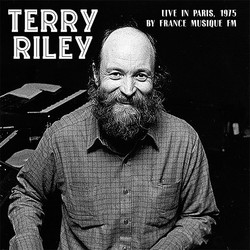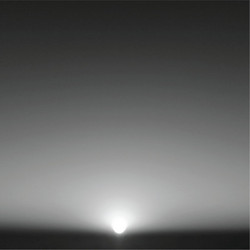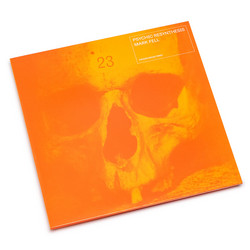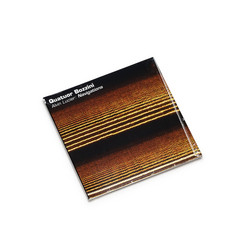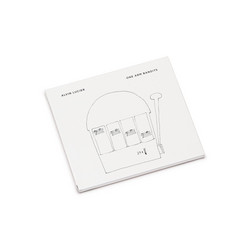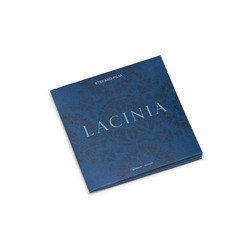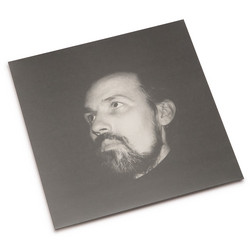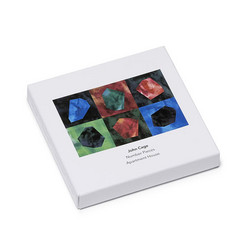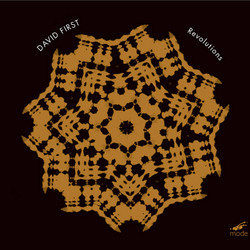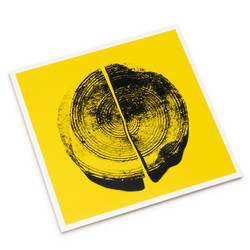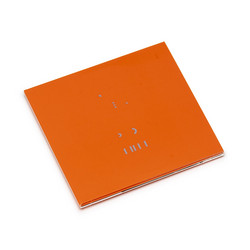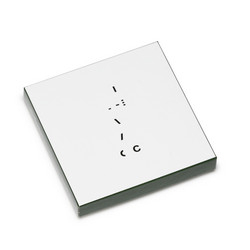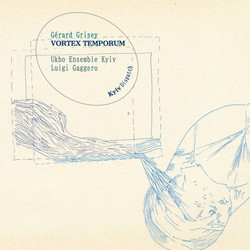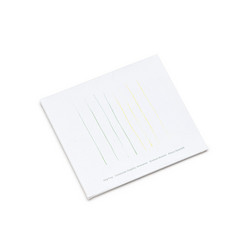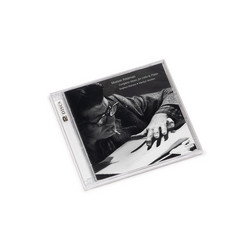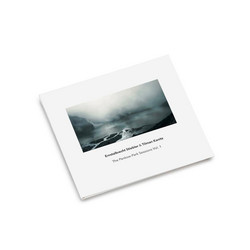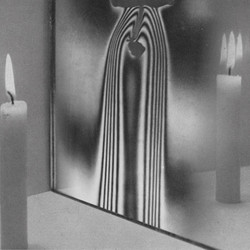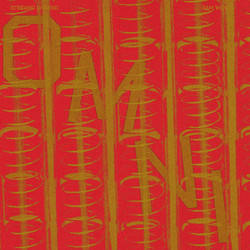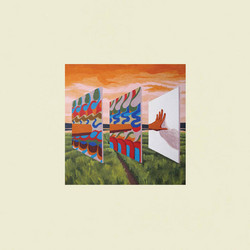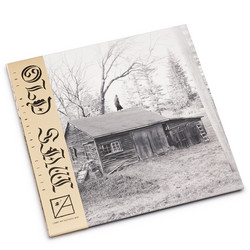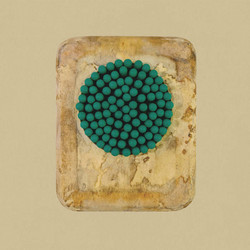Ryan Sawyer's Shaker Ensemble
For Those Who Wish to Sing Will Always Find a Song (LP)
One night, not too long ago at Union Pool in Williamsburg, Brooklyn, Ryan Sawyer introduced his piece, “For Those Who Wish to Sing, Will Always Find a Song.” He invited the audience to sing along at any point they felt moved to, “just abstract ‘oohs’ and ‘aahs,’ or ‘oms,’ or whatever.” The small stage was crowded with musicians – The Shaker Ensemble – which that night included Jessica Pavone on viola, Nate Wooley on trumpet, Laura Cocks on flute, Stuart Bogie on clarinet, cellist Lester St. Louis, Henry Fraser on double bass, and Sawyer playing maracas. They’d all be singing, too.
The first moments of the performance move like mist, solidifying gradually into more knowable sounds: A reedy hum becomes a human voice; another human’s voice morphs into a bright, breathy flutter of the flute. A low mechanical whirring strengthens into a warm trumpet’s strain; strings murmur and groan and blossom. Vocals and instruments blend with one another, twisting around the crisp rhythmic clatter of the maracas. There are stretches of soft menace – one imagines a rattlesnake stalking a chattering aviary, or a ritual performed in a storm – but ultimately the verdant, hallucinatory wilderness that flourishes across the runtime is a site of emotional resuscitation.
Sawyer was given the pair of maracas – Columbian in origin, and mismatched – as a thank-you gift for helping a friend move. Each has a slightly different timbre and pitch. Played together, Sawyer found, they create a phasing effect, the shimmery swirling sound that happens when similar soundwaves are slightly out of sync. That’s interesting, he thought. “Every time I would look over at the maracas in my practice space,” he says, “I would think, oh I wonder if that’s still resonant,” and pick them up. As he built stamina and speed he began playing the maracas for friends and colleagues when they’d come by his space for casual practice sessions, many of them the same musicians who now populate the Shaker Ensemble. “Everyone was kind of extraordinarily intrigued by them, and wanted to know more, didn't want to play other music, just wanted to listen to that and play along with it.”
Maracas and other shaker instruments have long been used both ceremonially and therapeutically to clear energy, balance the body, and induce deep meditative states. Chanting, humming, singing: These things, of course, can have a similar effect. There is a playfulness to abstract singing, but Sawyer also wanted to exploit the power of the voice as an instrument, as well as the vulnerability it can require. He’s not terribly comfortable with the hierarchy implied by the term “band leader,” and is more interested in the collective experience to which, in this case, the audience – at-home listener included - is invited to participate, to get lost in the communion of sound. “There’s something really elemental about it, the closeness that you feel when you sing with somebody,” Sawyer says. “There’s also a sort of a trickster thing. [These musicians] all work so hard at their instruments but none of them are singers. So it might not be a comfortable place but we can all sit together in that uncomfortable place.” The byproduct of that discomfort, he hopes, is healing.
